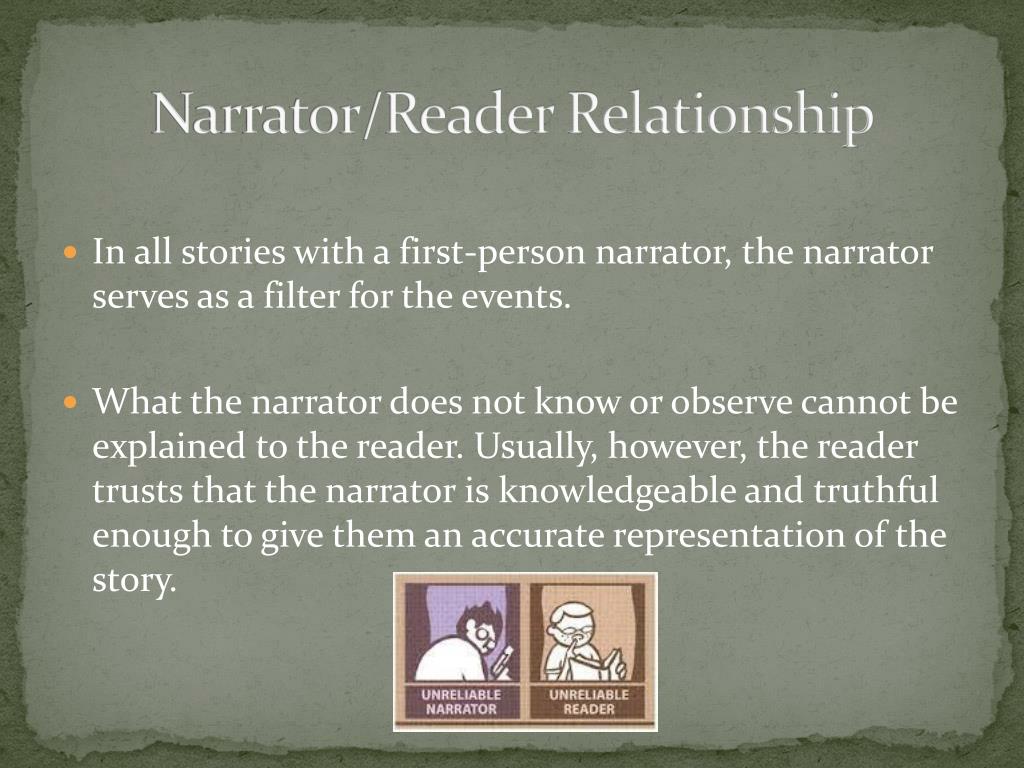

Descriptive narrative writing immerses the reader into the finer aspects of the writing such as feelings, small details, and time, to give the reader a realistic experience. This narrative technique employs a description of the plot, characters, emotional mindset, and other aspects of a story. Going through such narratives requires the reader's attention to detail. They have a complex plot structure, uses many literary devices and goes back-and-forth in time. Non-linear narratives are experimental in nature. The Sound and The Fury by William Faulkner, and One Hundred Years of Solitude by Gabriel Garcia Marquez have a non-linear narrative structure, to name a few. The Priory of The Orange Tree by Samantha Shannon has a non-linear narrative.

This kind of narrative takes the help of literary techniques such as flashbacks, fragmentation, monologues and so on. The narrative point of view can be anything linear as well as a non-linear narrative.

The timeline is jumbled up, and plots and subplots are irregularly revealed. Non linear narrative writes about connected events but not in chronological order. In the case of a short story, the scope of developing a narrative is less, yet writers through the ages have experimented with this form. In the case of a novel, every chapter has either a cliffhanger or a climax. Linear narratives are simple, easy to follow, and have regular rising and falling action. Daniel Defoe's Robinson Crusoe and Michael Crichton's Jurrasic Park also have linear plots and also personal narrative. Macbeth by William Shakespeare has a chronological narrative. The reader takes the journey with the characters.

Linear narrative writing lets the character's life unfold in front of the reader - a better way to put it would be, that the readers start where the narrative starts. It narrates events one by one, as they have taken place. The linear narrative follows a chronological order. Every narrative revolves around a purpose and it is the backbone of storytelling. To understand which technique should be used first one has to determine the goal of the story. Narrative style has evolved through the ages. A good narrative should be unbiased and the writer should not try to control the characters or show specific events with their judgement. Often these stories or essays are written from an objective point of view. When the narrator is omniscient and tells the story of others, it has a third-person narrative. The narrator may or may not be synonymous with the author. They tell the story from their personal experience and perspective and are often the main characters of the story. The narrator makes themselves the key viewer of the events unfolding around them. Let’s quickly discuss “point of view” to have a better understanding of “narrative.” When a story is written from a personal point of view, “I,” it has a first-person narrative. Great literary works use different narrative techniques to experiment with telling stories. It is a writing process and the vital points of the story structure depend on the narration itself. In relation to narrative film, Bordwell stresses the spectator's role, narration consists of ‘the organization of a set of cues for the construction of a story’." Oxford defines the word narrative as, "The way in which a story is told the strategies used to tell a story. To tell a story is to narrate it, and every story has a narrative. Narration is the crux of any piece of writing. To understand narrative writing one must know what narration is.


 0 kommentar(er)
0 kommentar(er)
